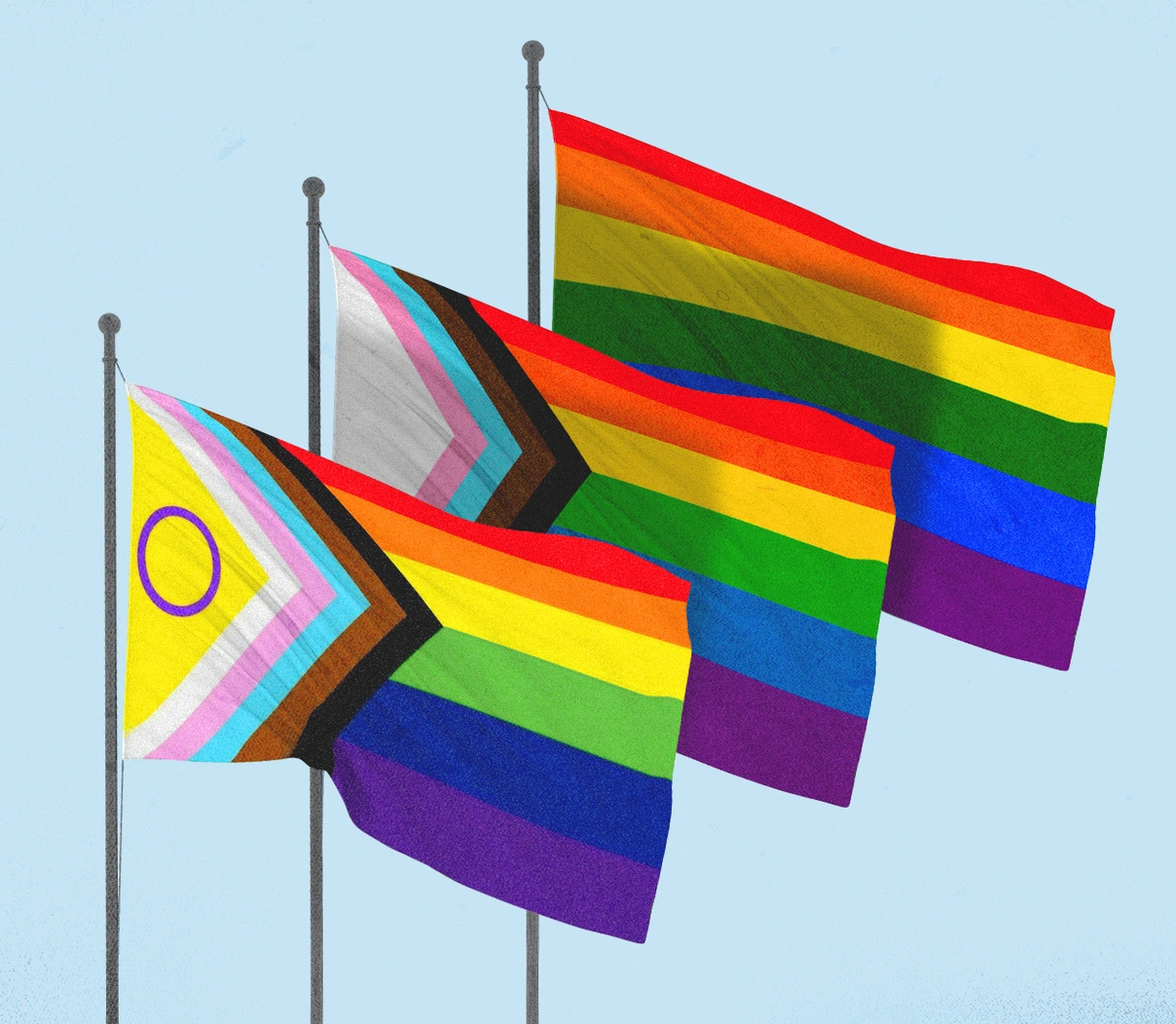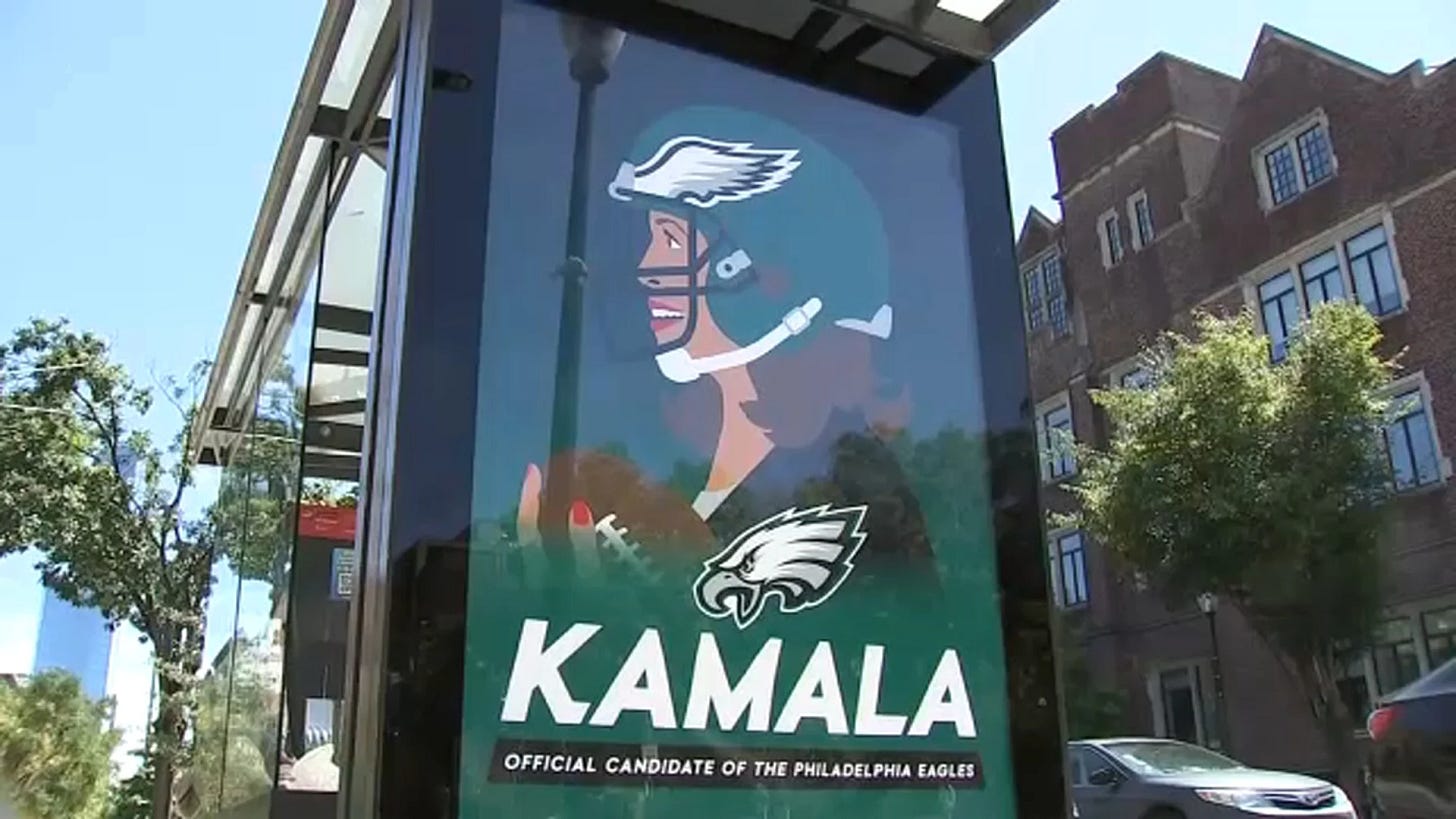Hi GUT friends!
Today is Day #5 in our Seven Days of DrawTogether in Action!
I can’t wait to see you live Sunday at 10am PT on DrawTogether Voter Registration Draw-a-thon, please register for the zoom today and with Vote Fwd now. Author and artist Carson Ellis will join us. Studies show that decorated envelopes have more impact getting people to the poles, and we will each do THREE. Huge impact in one hour. Come be part of the team!
We’ve looked at so much action-stirring art together this week: text, collage, and portraits. Today we are focusing on the role of visual symbols in art and activism.
Visual Symbols
Let’s start off with a few examples of well known visual symbols, and consider their context. GUT members: consider how you might incorporate simple, powerful symbols into the pieces you’re working on.
The Pride flag: Gilbert Baker (1955-2017) designed the original Pride flag in 1978. In his memoir, Rainbow Warrior, Gilbert discusses how he chose the rainbow:
A Rainbow Flag was a conscious choice, natural and necessary. The rainbow came from earliest recorded history as a symbol of hope. In the Book of Genesis, it appeared as proof of a covenant between God and all living creatures. It was also found in Chinese, Egyptian, and Native American history. A Rainbow Flag would be our modern alternative to the pink triangle. Now the rioters who claimed their freedom at the Stonewall Bar in 1969 would have their own symbol of liberation.
As the queer community evolves and its embrace of a wider range of gender and sexual identities and expressions grows, the flag evolves as well. The latest Pride flag, featured above with the circle, now includes people historically excluded from the fight for gay rights, including trans and non-binary people, people of color, and intersex folks. The Pride flag is great example of how strong symbols can grow and change — not to mention some of the branding challenges community activism face. There’s a great book about this 1if you’re interested in reading more.
Raised Fist/Black Power Salute A closed, raised fist, is a universal symbol that represents power and resistance. In the 60s it was used by the Black Panthers and other civil rights groups and became known as The Black Power salute: a statement of defiance against oppression of Black people in the USA.

It was later adopted by the Black Lives Matter movement (that’s the image above.) Groups around the world have used it as a symbol to represent the individual and collective struggle against systemic oppression.
Colorful Balaclavas Pussy Riot made these colorful face masks popular worldwide in the early 20120’s, and they continue to represent a big middle finger from women and queer folks to oppressive regimes around the world. Pussy Riot is a Russian feminist protest and performance art group based in Moscow. Their act is loud, hard and fearless, promoting feminism, LGBTQ rights, and opposition to Putin and the Orthodox Church when it’s illegal to do so. Members perform in public wearing colorful balaclavas to avoid arrests. While several of the original members of Pussy Riot have left the band, it continues to exist with an “open invitation” for anyone to join.
Using Symbols for Subversion
Symbols are easy to draw, and are universally read. This is part of their power: they can be reproduced (spread!) by anyone. And while symbols are simple in design, their meanings carry power. And…that power can be subverted, turned against itself.
Remember the era of Adbusters2? That was the hey day of brand logo subversion, with artists speaking out against corporations or governments through turning brand’s own logos against themselves with clever campaigns.
Winston Tseng is an artist and designer keeping this subversive tradition alive. Winston creates posters that use the advertising aesthetics of recognizable brands and simple straightforward language to make a statement.
Above is a campaign where he mixed Coke and Pepsi’s recognizable branding to comment on their contribution to plastic pollution. Most recently, he made a fake announcement that the Philadelphia Eagles had endorsed Kamala Harris for president! This caused a lot of confusion, leaving news sources scrambling to find out the story behind it. Winston eventually took credit for creating it, but said he had no idea how the posters ended up around town. ;)
Assignment: Symbols & Subversion
Alright, our turn to try putting this into practice. Ready?









